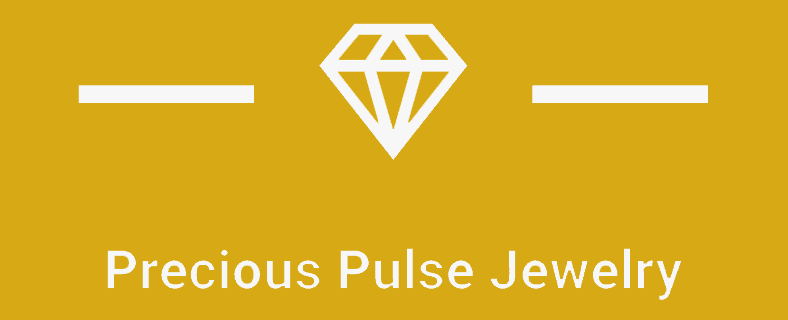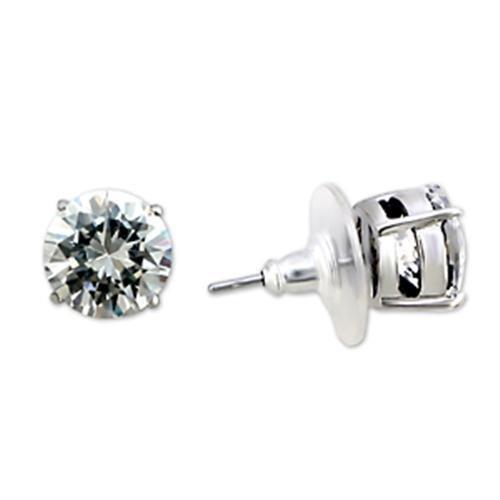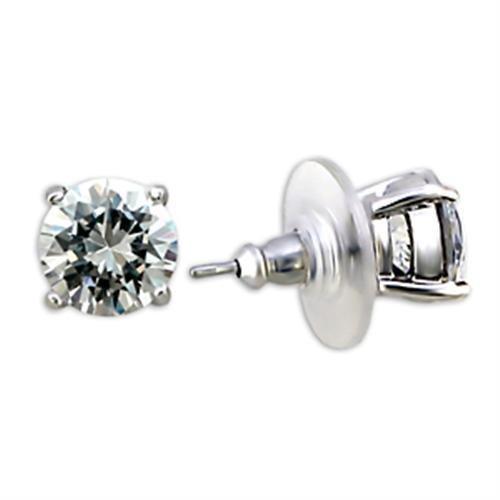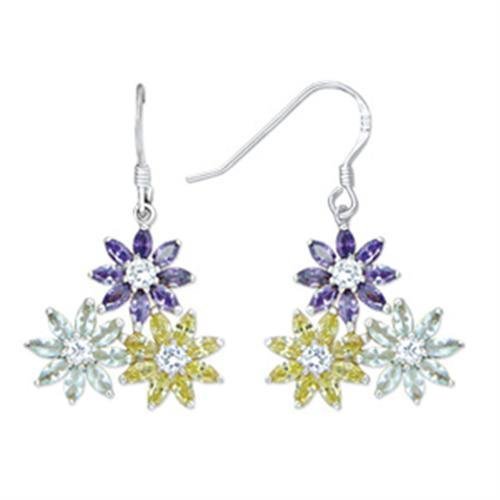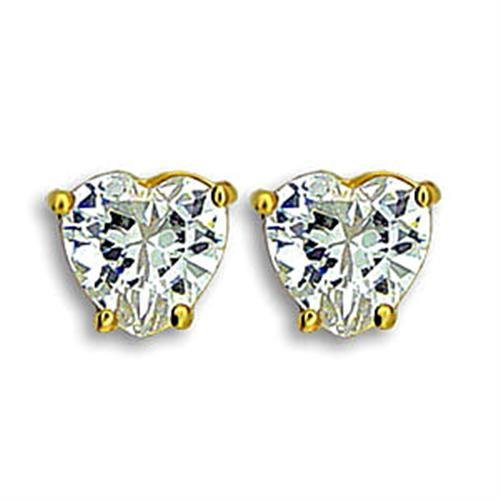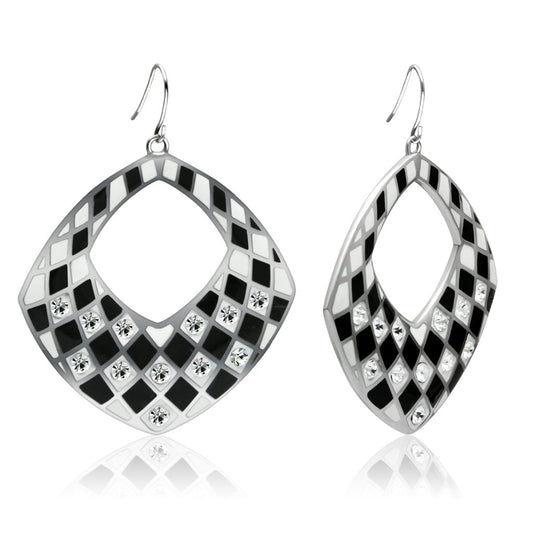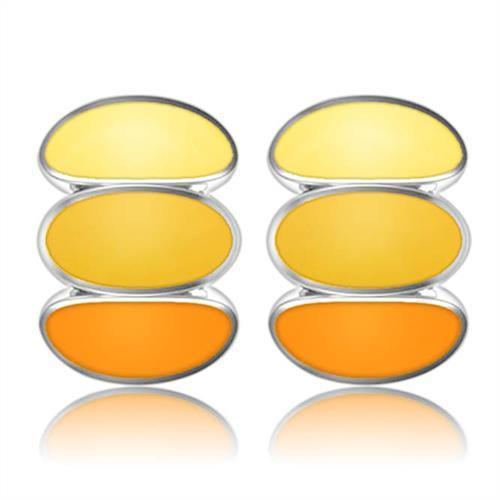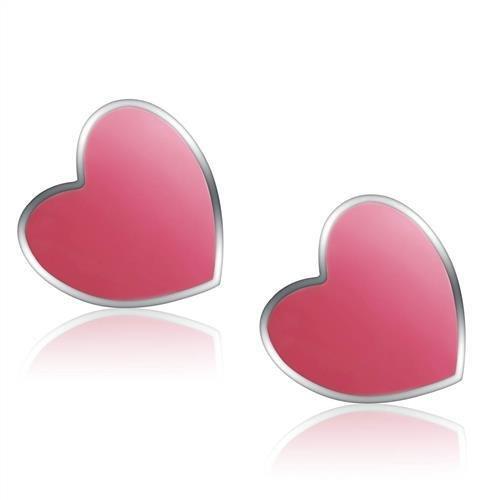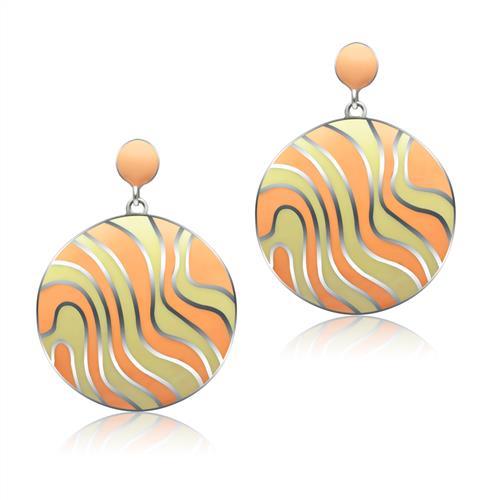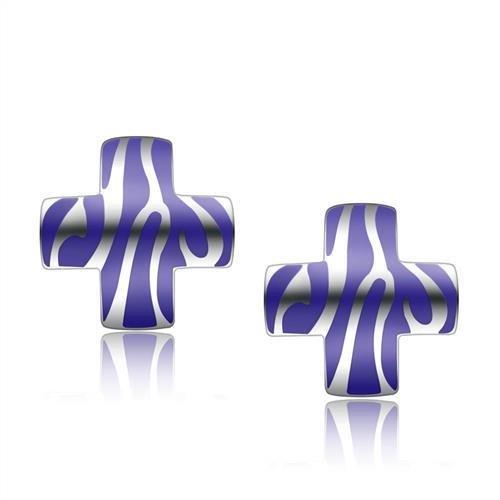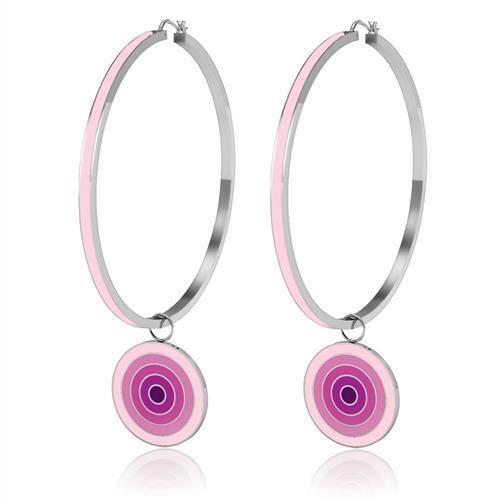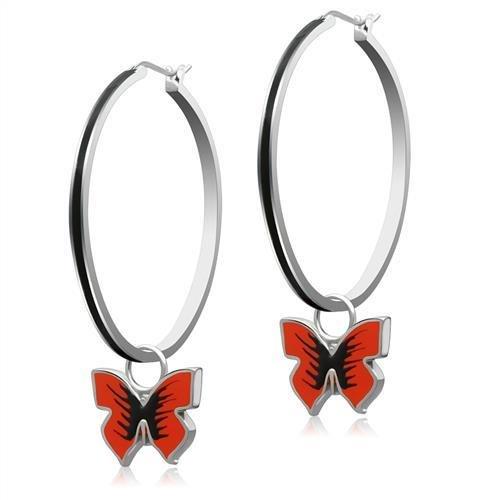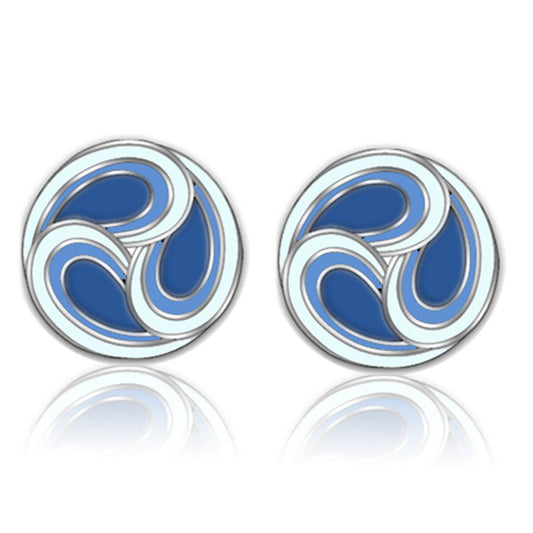You’ll hear a lot of opinions on the best metal for jewelry, but the truth is simple: the right choice comes down to you. For a ring that’s built to last a lifetime and feels truly luxurious, platinum is in a class of its own. If you’re looking for that perfect blend of classic style and practical value, 14k gold is a fantastic all-rounder. And for a brilliant shine that won’t break the bank, sterling silver is a go-to for a reason.
Finding Your Perfect Jewelry Metal
Choosing a metal for your jewelry is a deeply personal decision that balances aesthetics, budget, and the reality of your day-to-day life. Think of this guide as your framework for making a confident choice, whether you’re investing in an heirloom engagement ring or grabbing a fun pair of earrings from our collection at Precious Pulse Jewelry.
Getting beyond just the color is the first step. To find a piece you’ll love for years, you really need to consider a few key things:
- Durability: How will it stand up to your daily grind? Are you active, or do you work at a desk? A metal that dents easily won't work for someone with a hands-on job.
- Hypoallergenic Properties: Do you have sensitive skin? The last thing you want is a reaction to your favorite new piece. This is a crucial factor for comfort and health.
- Maintenance: How much time are you willing to spend keeping it looking brand new? Some metals require regular polishing, while others are virtually maintenance-free.
- Cost: What’s the real value you’re getting, and how does it align with what you want to spend? This includes the initial price and any long-term maintenance costs.
Thinking through these points helps you move from just admiring a piece of jewelry to knowing if it genuinely fits your life.
The "best" metal isn't about what's most expensive or popular. It’s about finding the one that reflects your personal style and meets your practical needs head-on.
To get you started, let’s take a quick look at the most common metals people choose for their jewelry. This table offers a bird's-eye view to help guide your initial thoughts before we dive deeper.
Quick Look at Popular Jewelry Metals
Here’s a snapshot of the top contenders. Use this to quickly see how they stack up against each other at a glance.
| Metal | Durability | Hypoallergenic Potential | Typical Cost | Best For |
|---|---|---|---|---|
| Gold (14k) | High | Generally good, but can contain nickel | Moderate-High | Everyday wear, engagement rings, timeless pieces |
| Platinum | Very High | Excellent; best for sensitive skin | High | Heirloom jewelry, wedding bands, securing diamonds |
| Sterling Silver | Moderate | Good, but can tarnish | Low | Fashion jewelry, affordable gifts, trendy pieces |
| Titanium | Extremely High | Excellent; medical-grade safety | Low-Moderate | Men's rings, active lifestyles, minimalist designs |
This table gives you a starting point, but the real magic is in the details. Each metal has its own story and unique character, which we’ll explore to help you find your perfect match.
Understanding the Appeal of Gold Jewelry
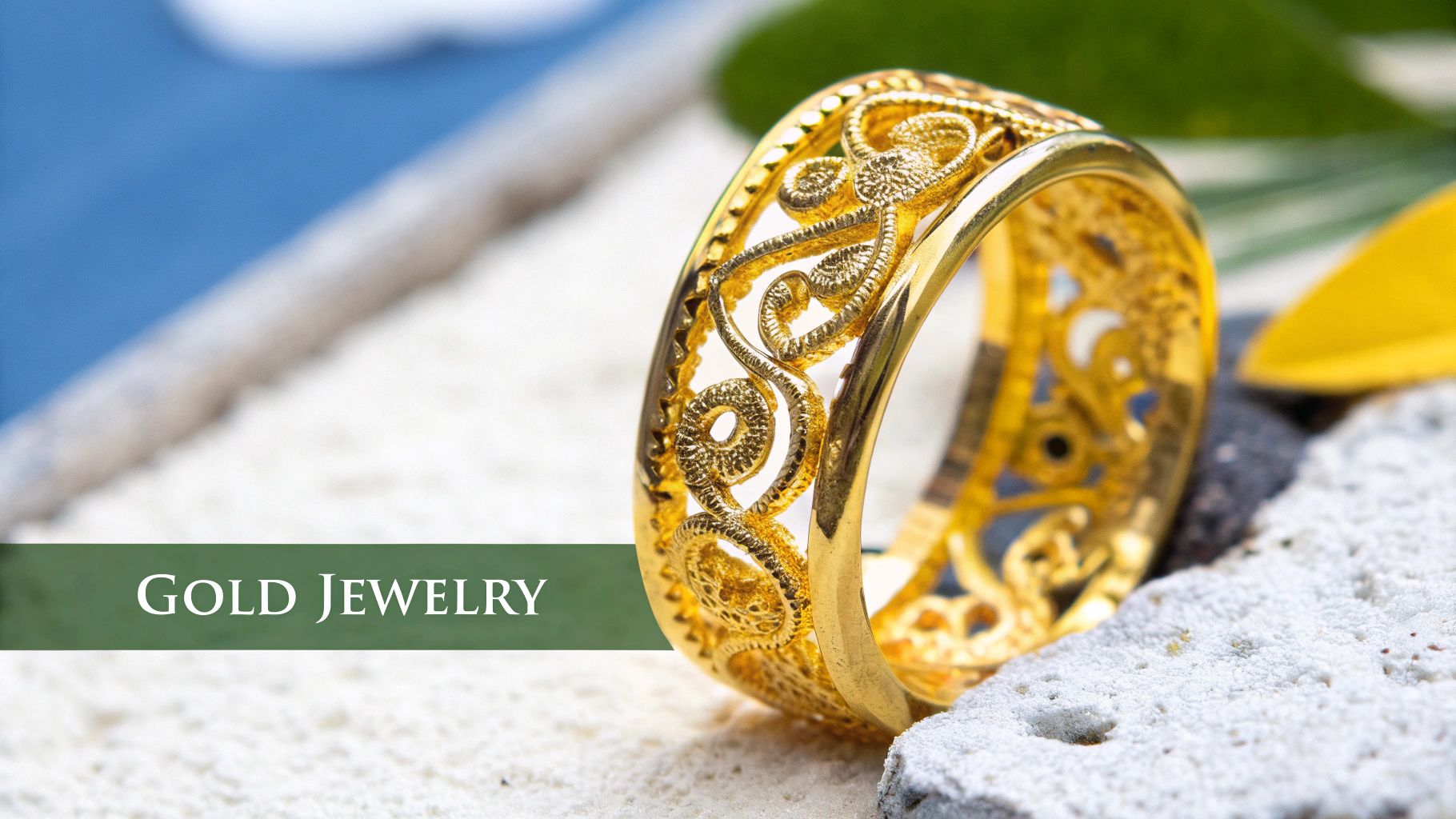
For centuries, gold has been the undisputed champion of fine jewelry. It’s a symbol of wealth, beauty, and lasting value. Its warm glow and classic status make it a top contender for anyone looking for the perfect metal. Gold’s dominance is undeniable, commanding an estimated 54.9% of the global jewelry market, valued both for its looks and its role as a tangible asset.
But its timeless appeal isn't just about natural beauty; it’s also incredibly versatile. Pure gold is too soft for daily wear, so it’s mixed with other metals—called alloys—to create stronger, more durable pieces. These alloys are what give us the beautiful spectrum of gold colors we all know and love.
The Karat System and What It Means for You
The karat system is a straightforward way to measure gold purity. It tells you the ratio of pure gold to other metals in a piece, with 24 karats (24k) being pure, unadulterated gold. While 24k gold has a stunning, rich color, its softness makes it impractical for most jewelry because it can easily scratch and bend out of shape.
Here’s a practical breakdown of the most common options you'll find:
- 18k Gold (75% Pure Gold): A premium choice that offers a deep, rich color and a substantial feel. It’s perfect for fine jewelry like a luxurious necklace or special-occasion earrings that won't see constant rough wear.
- 14k Gold (58.3% Pure Gold): This is the sweet spot. Offering a fantastic balance of durability, color, and affordability, 14k gold is the most popular choice in the U.S. It's strong enough for daily wear, making it an ideal metal for engagement rings and wedding bands.
- 10k Gold (41.7% Pure Gold): As the most durable option, 10k gold is a great, accessible entry point into gold jewelry. While its color is less intense due to the lower gold content, its toughness makes it a smart choice for pieces that need to withstand a lot of activity.
Key Takeaway: Think of the karat system as a trade-off. Higher karats mean more pure gold and a richer color, while lower karats offer increased durability and a more accessible price.
A Spectrum of Colors: Yellow, White, and Rose Gold
The alloys mixed with gold do more than just add strength—they create distinct colors. Understanding this helps you choose a metal that not only suits your style but also complements your skin tone.
Yellow Gold This is the classic choice. It's achieved by mixing pure gold with metals like silver and copper to retain that natural warm hue. It complements warmer skin undertones beautifully and offers a timeless, traditional look that truly never goes out of style.
White Gold To create its silvery-white appearance, pure gold is alloyed with white metals like palladium and silver. Most white gold jewelry is then coated with rhodium, a platinum-group metal, for extra shine and durability. This sleek, modern option looks stunning against cooler skin tones.
Rose Gold This romantic, pinkish hue comes from increasing the copper content in the alloy. The more copper used, the redder the final color. Rose gold’s warm, vintage-inspired feel has made it incredibly popular, and it’s known for flattering nearly all skin tones.
Ultimately, choosing the right gold comes down to balancing your personal taste with practical needs, especially if you're thinking about it as a long-term purchase. You can explore more about whether buying gold jewelry is a good investment in our detailed guide.
Exploring Platinum: The Ultimate Luxury Metal

When you think of fine jewelry, platinum is often the metal that comes to mind for pieces meant to last not just a lifetime, but for generations. If your top priorities are unmatched strength and a prestigious feel, platinum is the undisputed champion among precious metals.
Its most compelling feature is its brilliant, naturally bright white luster. Unlike white gold, which relies on rhodium plating to get its silvery sheen, platinum’s color is inherent. It will never fade or change over time. This quality alone guarantees a platinum ring will keep its stunning white appearance forever, making it a powerful symbol of enduring love.
Why Is Platinum So Dense and Pure?
Platinum's elite status really boils down to three things: its rarity, its density, and its purity. For starters, platinum is incredibly rare—about 30 times rarer than gold, to be exact. That scarcity alone boosts its value and exclusive appeal, making it a genuinely special choice.
Then there's its density. If you held two identical rings, one in platinum and the other in 14k gold, the platinum one would feel noticeably heavier. This substantial weight gives it a luxurious, high-quality feel on the skin that many people look for in a significant piece like a wedding band or engagement ring.
This heft is directly tied to its purity. Jewelry made from platinum is typically 95% pure platinum, which you'll see stamped as "950 Plat" or simply "Plat," with just 5% other alloys. For comparison, 14k gold is only 58.3% pure gold. When you invest in a platinum piece, you’re getting a much higher concentration of the precious metal itself—a major reason for its higher price tag.
The Beauty of the Platinum Patina
One of the most unique—and often misunderstood—things about platinum is how it wears over time. When gold gets scratched, microscopic bits of the metal are lost forever, which can lead to the piece thinning out over the years. Platinum, however, behaves completely differently.
Thanks to its incredible strength and density, when platinum gets scratched, the metal is simply displaced, not lost. This process creates a subtle texture known as a patina. This soft, satiny finish is highly prized by many jewelry connoisseurs as the mark of a well-loved piece. It develops a rich character that tells a story, all without losing any of the metal's volume.
A platinum patina isn't damage; it's a testament to the metal's resilience. Instead of wearing away, it develops a distinguished finish that a professional jeweler can easily polish back to a high shine if you prefer.
This unique quality also makes platinum the most secure setting for diamonds and other precious gemstones. Its strength means that the prongs holding a valuable stone won't easily wear down or break, giving you peace of mind that your most treasured gems are safely held.
Combine that with its superior hypoallergenic properties—making it the safest choice for sensitive skin—and you can see why platinum is the top choice for jewelry you want to pass down as a family heirloom. It’s a true investment in both style and security.
Comparing Silver and Modern Alternative Metals
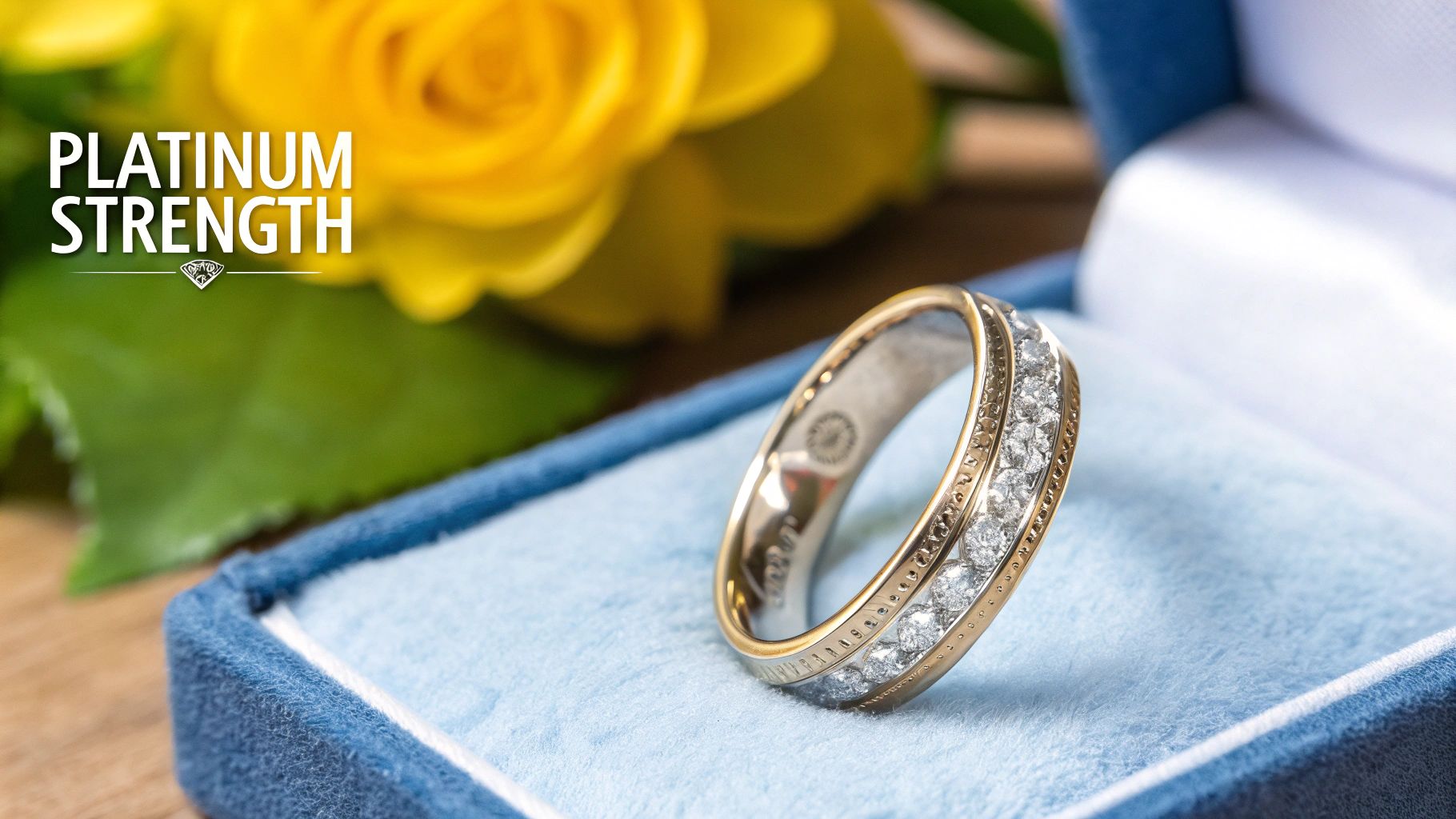
This one’s for the jewelry lovers who want a brilliant white shine without paying the premium for platinum. It’s also for anyone drawn to a more contemporary, industrial look. We’re pitting timeless silver against modern metals like titanium and tungsten.
Both options have clear advantages, but they cater to very different priorities. Let's dig in and see which one is the right fit for your collection.
Sterling silver has been a jewelry box staple for generations, largely because of its bright, reflective luster and wallet-friendly price point. It’s the perfect metal for building out a versatile collection of trendy pieces, bold statement earrings, or intricate necklaces without a huge financial commitment.
The trade-off? Silver’s biggest challenge is tarnishing. This is just a natural chemical reaction when the metal meets sulfur compounds in the air, causing it to darken. While it's easily managed, it does mean you have to commit to some regular care.
The Enduring Charm and Care of Sterling Silver
The secret to keeping sterling silver looking its best is knowing what it actually is. Pure silver is far too soft to be used in jewelry, so it’s alloyed—or mixed—with other metals like copper to give it strength.
The result is sterling silver, which is legally required to be at least 92.5% pure silver. You’ll almost always see it stamped with "925" to prove its authenticity. This alloy is what gives it the durability needed for everything from delicate chains to chunky cuffs. For a deeper dive, our article explaining the difference between silver and sterling silver breaks it all down.
Keeping it beautiful is simple but essential:
- Store it properly: An anti-tarnish bag or an airtight container is your best friend when you’re not wearing it.
- Polish regularly: A quick wipe with a dedicated silver polishing cloth will lift tarnish and restore its bright shine.
- Wear it often: This might sound counterintuitive, but the natural oils from your skin can actually help slow down the tarnishing process. So, don't let your silver sit forgotten!
For budget-conscious buyers who love a classic, bright white look and don't mind a little upkeep, sterling silver offers unbeatable value and style.
The Rise of Modern, Industrial Metals
Moving away from traditional precious metals, we step into the world of modern alternatives like titanium and tungsten. These industrial-grade metals have become incredibly popular, especially for men's rings and minimalist designs, thanks to their unique properties and sleek, modern aesthetic. They bring a totally different kind of value to the table.
Titanium is famous for being unbelievably lightweight yet incredibly strong. It’s as tough as steel but nearly 50% lighter, which makes it exceptionally comfortable for pieces you wear every single day. It’s also biocompatible and completely hypoallergenic, making it one of the safest choices for even the most sensitive skin.
Tungsten, on the other hand, is all about hardness. It’s the most scratch-resistant metal used in jewelry today. Its dense, gunmetal-gray finish will stay polished through years of heavy wear, making it the perfect choice for anyone with an active lifestyle or a hands-on job.
But here’s the critical catch with both of these metals: they generally cannot be resized. Their extreme hardness makes it impossible for jewelers to cut, solder, and reshape them the way they can with gold or silver. This is a massive factor to consider, because a significant change in finger size means you'd have to replace the ring entirely. It makes them a fantastic choice for durable, low-maintenance pieces, but a bit of a gamble for a lifelong wedding band where adjustments might be needed down the road.
How to Match the Right Metal to Your Jewelry
So, we’ve covered the ins and outs of gold, platinum, silver, and some of the newer metals on the block. Now for the fun part: putting all that knowledge to work. Choosing the right metal isn't just a technical decision; it's about matching a piece to the life you actually live. After all, the perfect metal for a durable wedding band is worlds away from what you’d want for a pair of trendy, seasonal earrings.
This is where we get practical. Let's move beyond a simple list of pros and cons and figure out which metal makes sense for you, so you can choose a piece you’ll be happy with for years to come.
For Your Most Cherished Pieces
When a piece of jewelry holds serious sentimental and financial weight—think an engagement ring or an anniversary gift—you want security and durability above all else. This is where platinum truly proves its worth. Its incredible density and strength mean the prongs holding a precious diamond are far less likely to bend, break, or wear down over time. It offers peace of mind that’s priceless.
While platinum certainly comes with a higher price tag, it’s best to think of it as insurance built right into the ring itself. Add in its naturally bright white luster that never fades and the fact that it’s hypoallergenic, and you have the undisputed champion for a piece meant to be worn daily and eventually passed down through generations.
For Everyday Style and Durability
For the jewelry you live in—that favorite necklace, those go-to earrings, or a bracelet you never take off—you need a metal that strikes the perfect balance between beauty and resilience. That's the sweet spot for 14k gold. It gives you that classic, luxurious look of gold but has just enough alloy mixed in to stand up to daily life without easily scratching or denting.
Whether you love the classic warmth of yellow gold, the sleek vibe of white gold, or the soft blush of rose gold, 14k is a true workhorse. It’s a significant step up in quality from fashion jewelry without demanding the investment of platinum.
This visual guide can help you quickly narrow down your options based on what matters most to you.

As you can see, once you align your budget, durability needs, and any potential skin sensitivities, finding the right metal becomes a much more straightforward process.
For Trend-Focused and Affordable Fashion
Let's be honest, not every piece of jewelry needs to be a lifelong commitment. For those of us who love to play with new styles, experiment with trends, or just need a great accessory for a specific outfit, sterling silver is an unbeatable choice. Its brilliant white shine and accessible price point mean you can build a versatile and exciting collection without a huge investment.
Sterling silver is the perfect metal for statement pieces, trendy designs, and fun gifts. Its lower cost gives you the freedom to embrace current fashions without the pressure of a long-term commitment.
Sure, it requires a quick polish now and then to keep tarnish at bay, but its stunning look and incredible value are more than worth the minimal effort. It’s the smartest choice for achieving high-impact style on a budget. For just that reason, our sterling silver collections at Precious Pulse Jewelry are always popular.
For Rugged, Low-Maintenance Wear
If you have an active lifestyle or work in a hands-on profession, you need a metal that can take a beating and still look fantastic. This is where modern metals like titanium and tungsten really shine. Titanium is known for its extreme strength-to-weight ratio, making it incredibly light and comfortable for something like a men’s wedding band that won't get in the way.
Tungsten is even more scratch-resistant, making it a superior choice for anyone who works with their hands and wants to avoid scuffs. The trade-off is that these metals generally can't be resized, but for a truly low-maintenance and rugged piece, their toughness is unmatched.
Metal Recommendations by Jewelry Type
To make things even clearer, here’s a quick-glance table to help you match the right metal to the right occasion. This brings together all the key considerations—durability, cost, and style—into a simple guide.
| Jewelry Type | Top Recommendation | Alternative Choice | Key Consideration |
|---|---|---|---|
| Engagement/Wedding Ring | Platinum | 14k or 18k Gold | Prioritize prong security and daily durability. Platinum is king for this. |
| Everyday Necklace/Bracelet | 14k Gold | Sterling Silver | Needs to balance beauty with resilience. 14k gold is the workhorse here. |
| Statement/Fashion Earrings | Sterling Silver | Gold Vermeil | Affordability and style are key. Silver lets you experiment freely. |
| Men's Wedding Band (Active) | Titanium or Tungsten | Platinum | Choose for ultimate scratch resistance and comfort. Resizing is a factor. |
Ultimately, choosing a metal comes down to how a piece of jewelry fits into your world. By thinking through these real-life scenarios, you can select something that not only looks beautiful but feels right for you. If you're interested in a deeper dive, especially for bridal jewelry, you can learn more about the specific advantages of different metals for wedding bands in our detailed guide.
Your Questions About Jewelry Metals Answered
Even after weighing the pros and cons of gold, platinum, and other metals, you might have a few practical questions left. That’s perfectly normal. Making the right choice means getting into the nitty-gritty details, from daily wear to long-term care.
Think of this as your final checklist. We're here to tackle those common—and crucial—concerns so you can feel completely confident in the metal you choose.
What Is the Best Metal for Sensitive Skin?
For anyone with sensitive skin, the most important factor is choosing a hypoallergenic metal. The hands-down winner is platinum. Because it’s typically 95% pure and naturally free of nickel—the most common cause of skin irritation—it is the safest choice you can make.
Another excellent hypoallergenic option is titanium. It's so biocompatible that it's widely used in medical implants. It's strong, lightweight, and won't cause a reaction. Niobium is another medical-grade metal that is extremely safe for sensitive skin.
If your heart is set on white gold, you can still find safe options. Simply look for "nickel-free" white gold, which is typically alloyed with palladium instead. This gives you the bright, modern look of white gold without the risk of an allergic reaction.
How Should I Clean My Jewelry at Home?
Keeping your jewelry sparkling is simple, but the method depends on the metal. Here’s a quick guide:
- Gold and Platinum: Mix a few drops of mild dish soap into a bowl of warm water. Let your jewelry soak for 15-20 minutes. Use a soft-bristled toothbrush to gently scrub away grime, paying special attention to crevices and settings. Rinse thoroughly and pat dry with a soft, lint-free cloth.
- Sterling Silver: The main goal is to combat tarnish. For light cleaning and shine, a dedicated silver polishing cloth is your best tool. For heavier tarnish, you can use the same soap-and-water method as gold, but be sure to dry it completely to prevent new tarnish from forming.
- Tungsten and Titanium: These are the easiest to care for. They don’t tarnish and are extremely tough. A simple wash with soap and water is all they need to look brand new.
Pro Tip: While home cleaning is great for regular upkeep, take valuable pieces to a professional jeweler once a year. They can perform a deep clean and inspect settings for security, ensuring your gems are safe.
Why Does Platinum Cost More Than Gold?
It's a common question, and the answer comes down to three key factors: rarity, density, and purity.
- Rarity: Platinum is significantly rarer than gold—about 30 times rarer. This scarcity naturally increases its base value.
- Density: Platinum is a denser metal. An identical ring made from platinum will be noticeably heavier than one made from 14k gold because it requires more metal by weight. This adds to the cost.
- Purity: Platinum jewelry is typically 95% pure platinum. By contrast, 14k gold is only 58.3% pure gold. When you buy a platinum piece, you are purchasing a much higher percentage of the precious metal itself.
Can I Get My Titanium or Tungsten Ring Resized?
This is a critical point to understand before you buy: in almost all cases, no. The extreme hardness that makes these metals so scratch-resistant also makes them impossible for a jeweler to cut, solder, and reshape like they can with gold, silver, or platinum.
If your finger size changes significantly, you will most likely need to replace the ring entirely. Some manufacturers offer exchange programs for this reason, but it's essential to confirm this policy before purchasing. This makes them a less flexible choice for a lifelong commitment like a wedding band where size adjustments might become necessary.
Now that your questions are answered, you have all the information you need to select the perfect piece. At Precious Pulse Jewelry, we offer a stunning collection that balances style, quality, and affordability. Explore our curated selections of sterling silver, gold, and other beautiful materials to find jewelry that truly fits your life.
Find your next favorite accessory today at Precious Pulse Jewelry.
